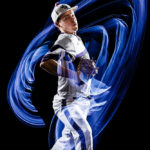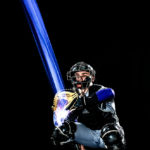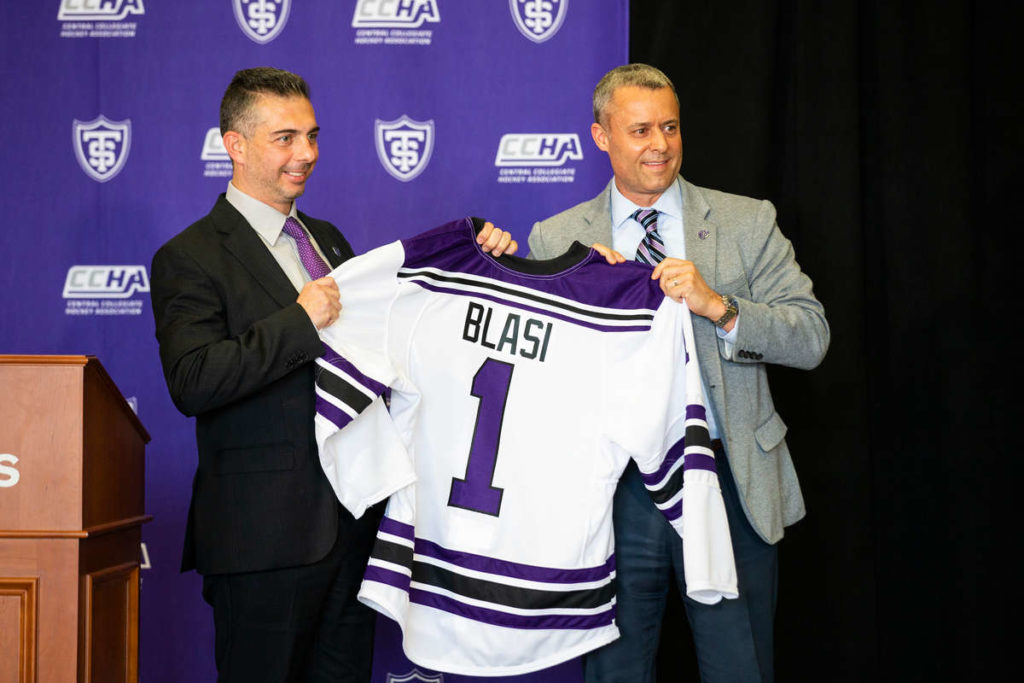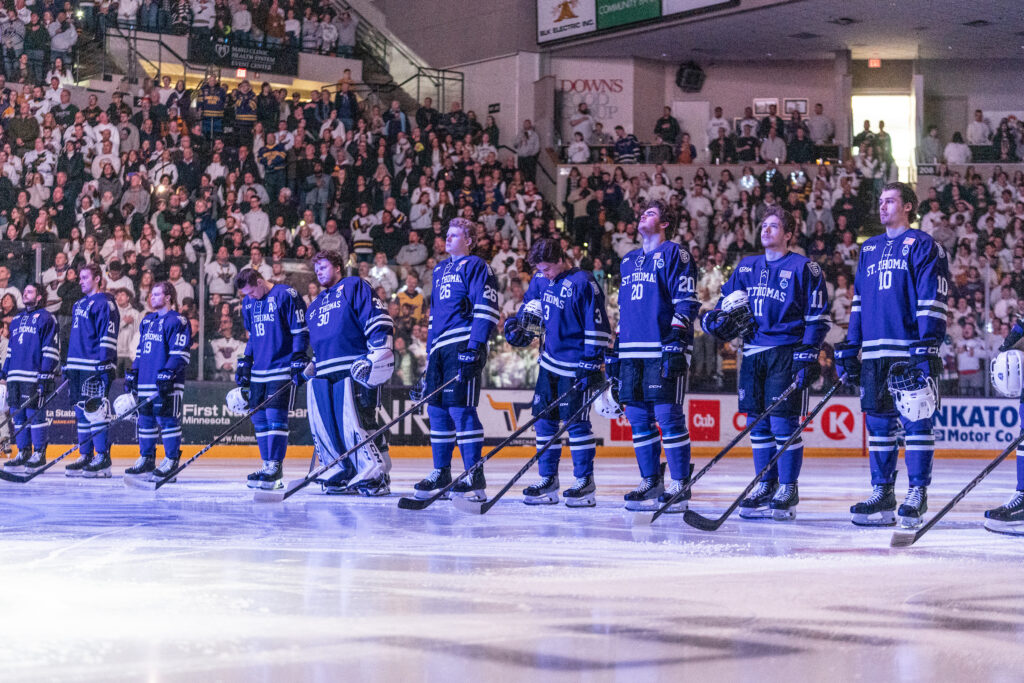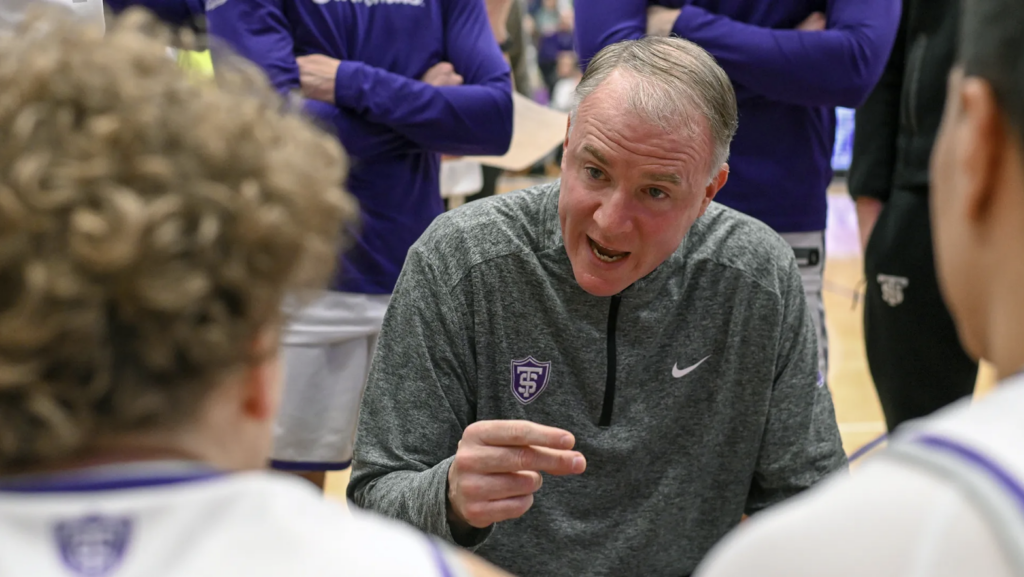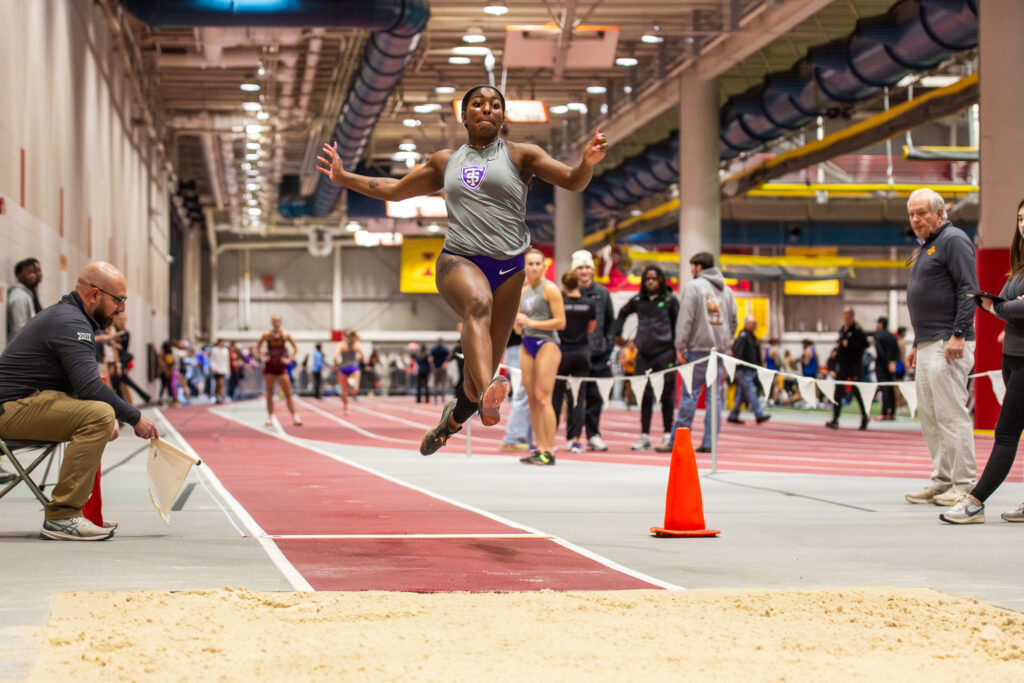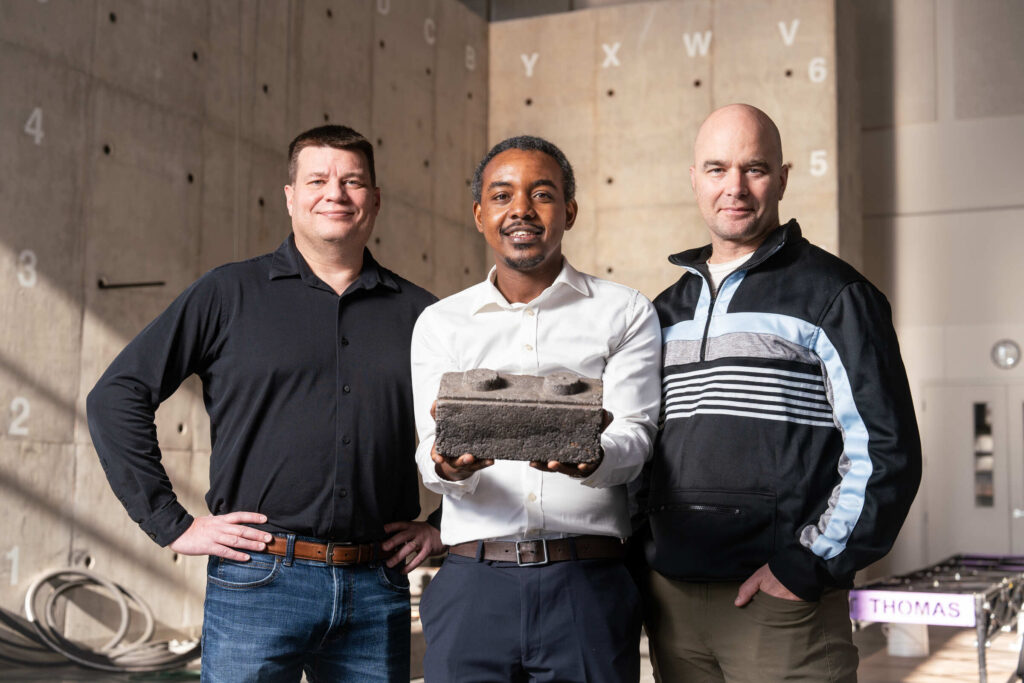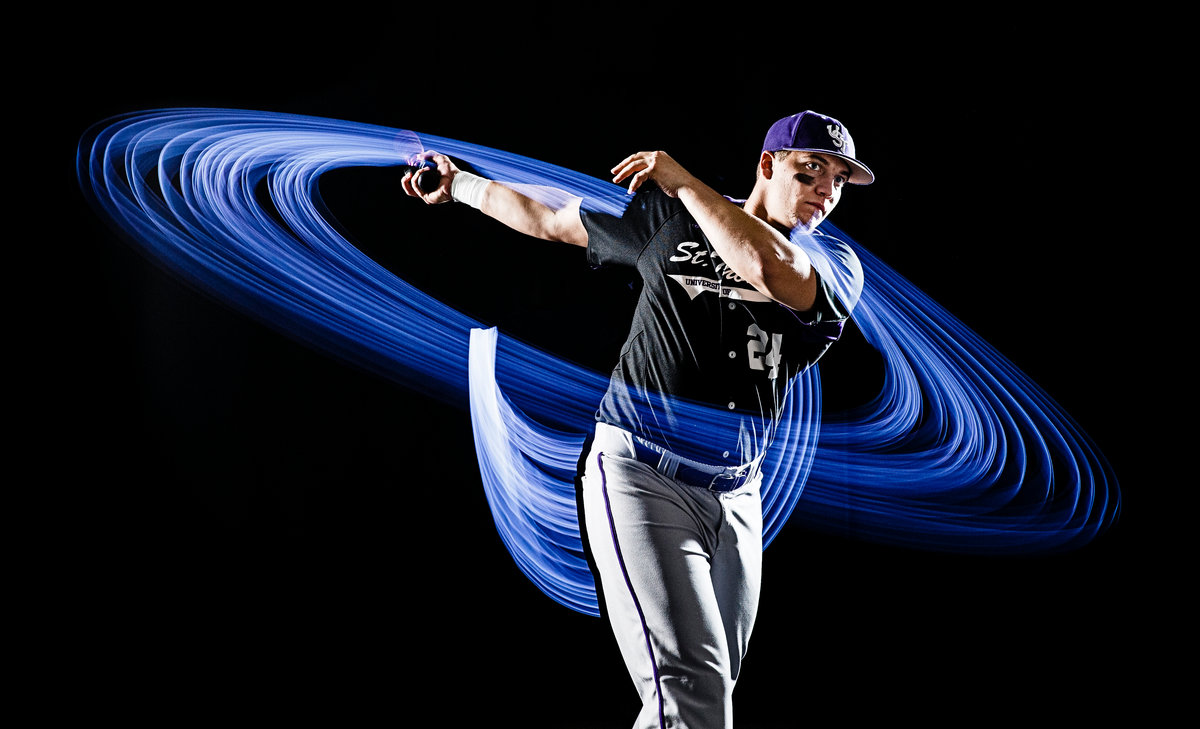
Ryan Gerber
For a long time I've had an idea about shooting some sports photos in the studio that could highlight the poetry of the players going through their motions. For all the usual mundane reasons – time, space, scheduling – I hadn't gotten around to giving anything a try. But this year, when baseball coach Chris Olean asked for some basic photos showing off his players in their various uniforms for his 2015 schedule poster, everything came together. I'd have time, I'd have players and I'd always figured that baseball, because of the types of motion and the equipment involved, would be the first sport I'd try. This shoot would be an excellent time to get experimental.
We started off in Schoenecker Arena with the group. Uniforms, poses, lights: check, check, check. Then it was back to the studio in Loras Hall for the more in-depth lighting work.
All of the images you see here are simply light painting. You get yourself a completely blacked-out room, set the camera on a tripod and set the shutter to stay open for a few seconds (about two in most of these photos). Anything that emits enough light will paint that light onto the camera sensor, including the track of its movement. Anything not emitting light will remain invisible to the camera.
In this case, we wrapped bats and pitcher Eric Veglahn's arm in EL wire. We also made a "ball" for Anthony Winters to catch by wrapping a bundle of wire around itself.
The final key was to set up the studio lights on a radio trigger and pop them at the point in the swing or pitch where I wanted the player frozen. Remember: In a blacked-out room only the stuff wrapped in EL wire would record on the camera. So if I wanted the players to show up, I would need to hit them with studio strobes at some point during the two-second exposure.
The process was straightforward, but very timing dependent. Cue the player to swing, use my right hand to open the shutter where I wanted the wrapped object to start recording, use my left hand to fire the radio-triggered strobes where I wanted the player frozen and finally wait for the shutter to close. A little bit of trial and error on the first few shots let me get the exact settings down so the shutter would close just after the player completed his movement. This meant the lighted bat or arm wouldn't paint any stray light as it was brought down at the end of a swing or pitch.
The results you see here are due to that work and, more importantly, the willingness of Ryan Gerber, Eric Veglahn and Anthony Winters to put up with two hours of wire wrapping and repeated swings, pitches and catches. Special thanks too to Joey Nesbitt '12 of DrumLite, who clued me into the EL wire when I called him up for advice on string lights. If you want to know more, check out the video below.
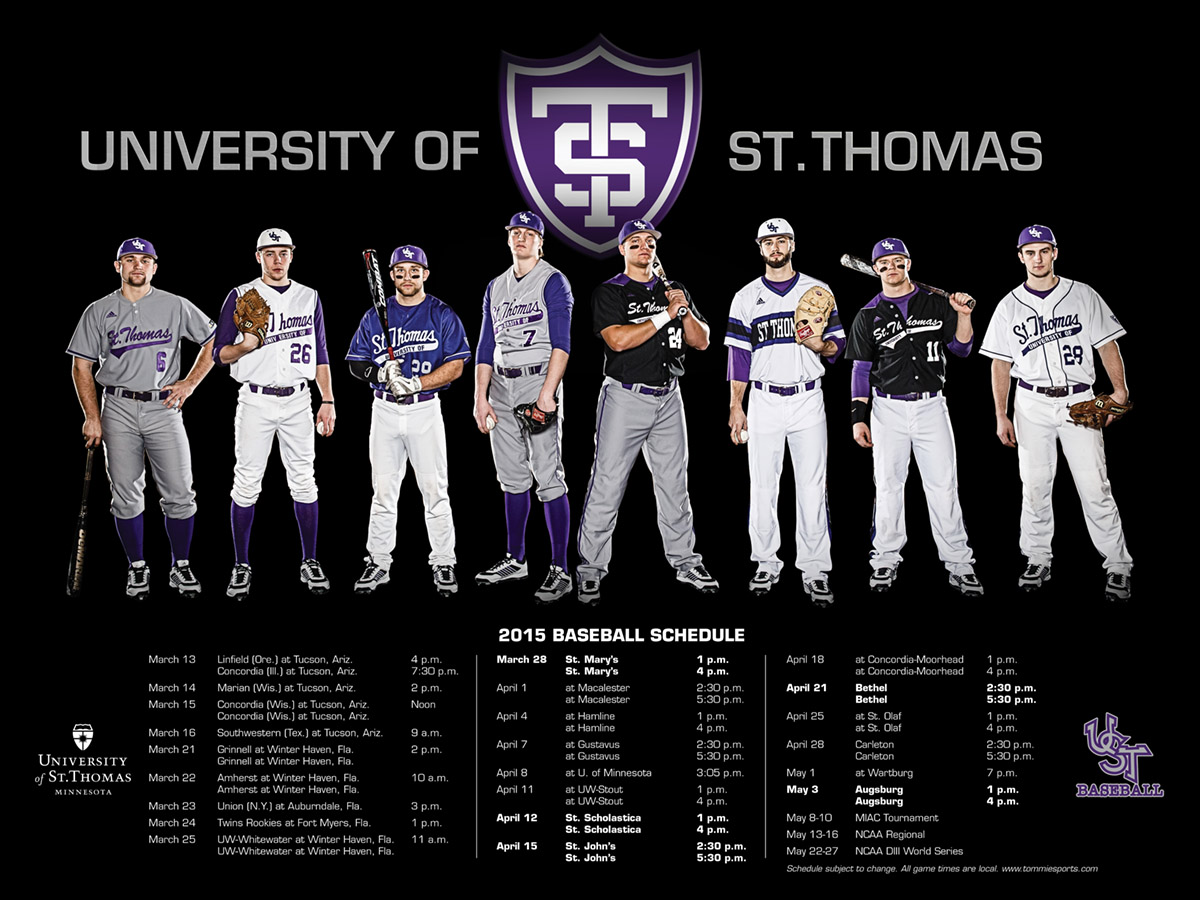
Read more from Depth of Field.

